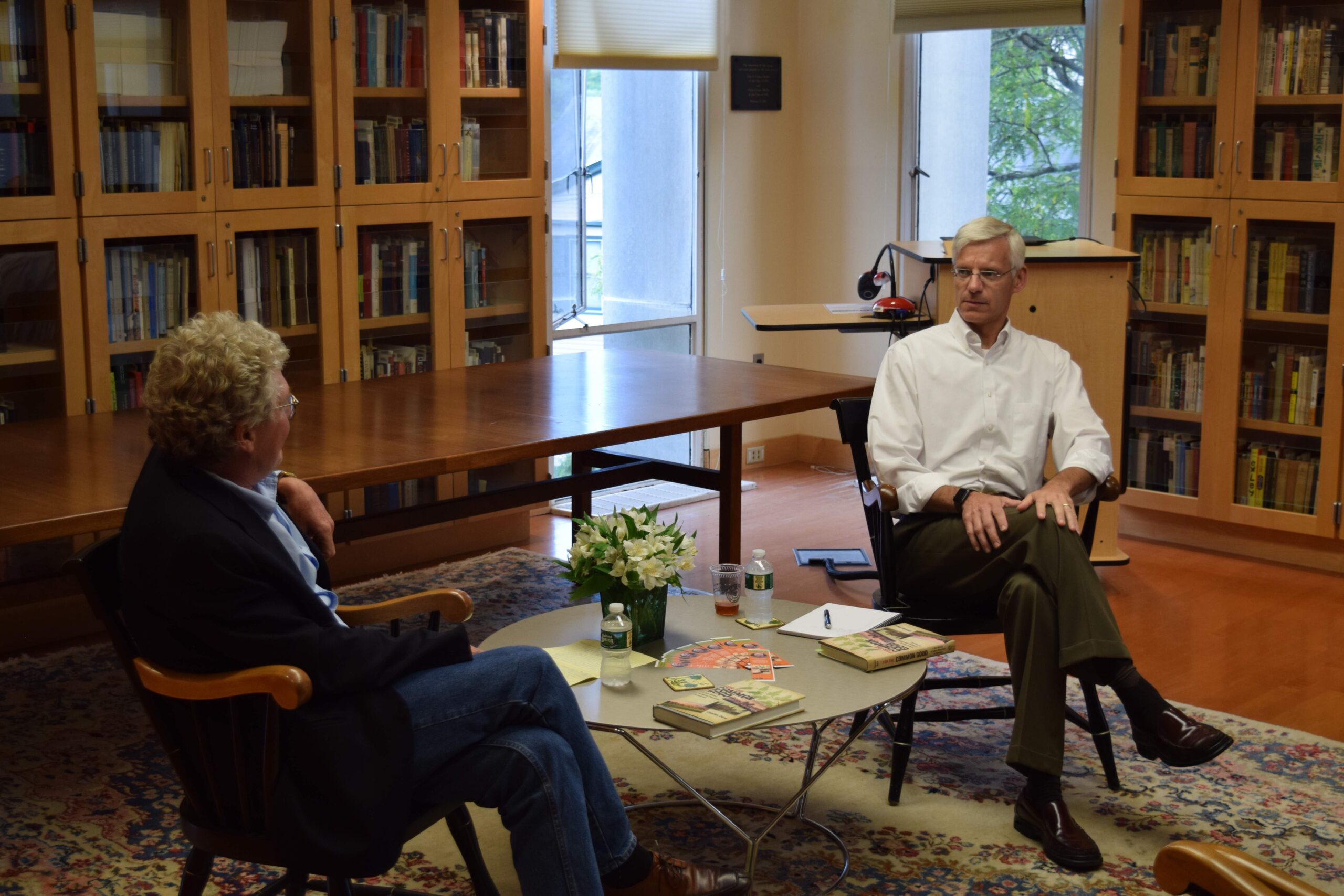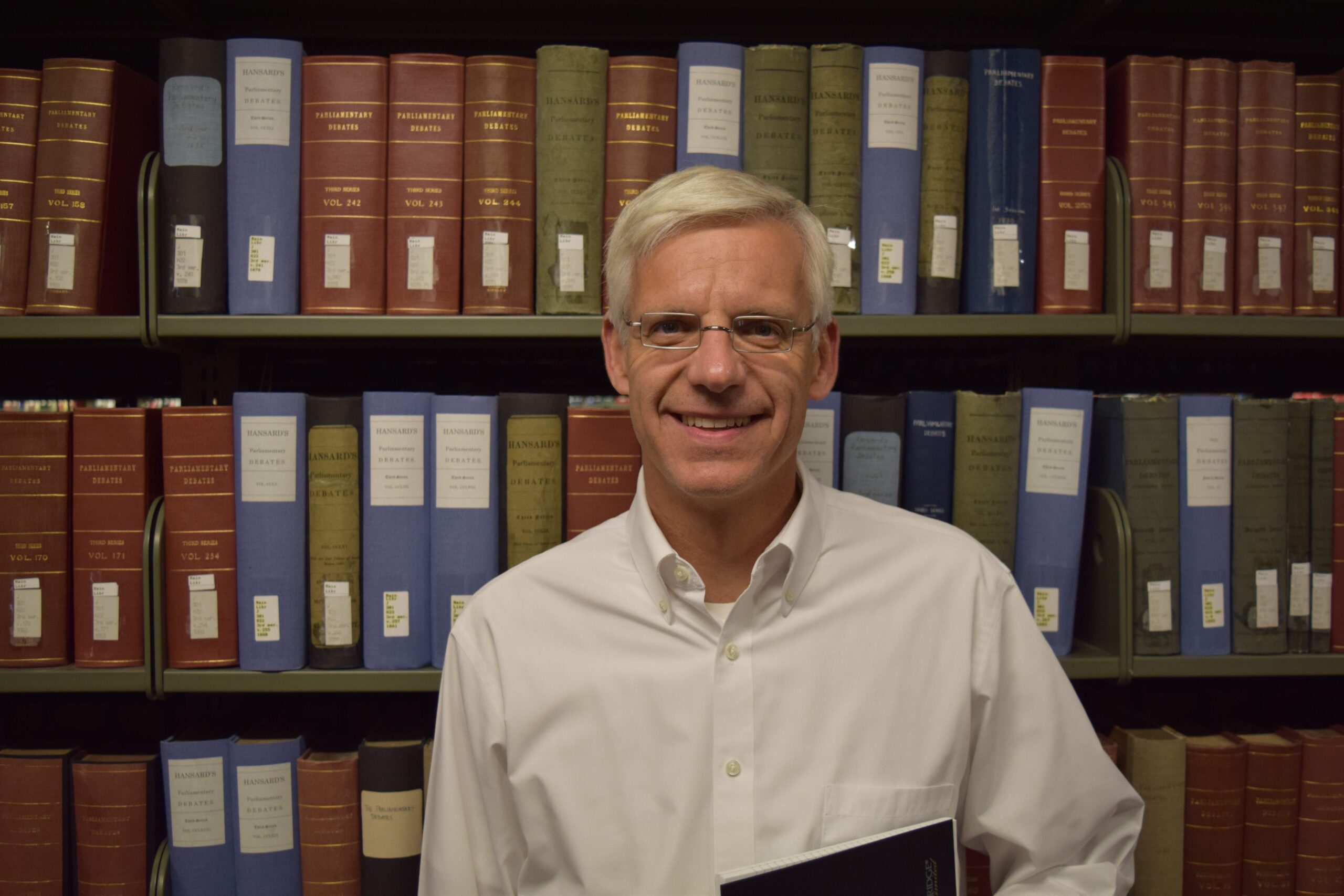Professor’s book says higher education serves common good
September 15, 2017
 Chris Ritter
Chris RitterFor over 200 years, American colleges and universities have maintained a commitment to the public good that has outlasted cultural, economic and technological change, says Chuck Dorn, professor of education and associate dean for student affairs. In his latest book, “For the Common Good: A New History of Higher Education In America,” Dorn makes this claim and explores how these institutions have endured and remained committed to serving the greater public.
Dorn focuses on the foundings of 11 different colleges and universities over the last 200 years to see how the values and priorities of American education have changed, while serving the common good—a familiar concept at Bowdoin—has remained a refrain. Although he recognizes that the institutions’ commitment to the common good may not have always been carried out perfectly, his research led him to conclude that it was not just rhetoric.
“The cynic would say, ‘Oh yeah, that’s just advertising; that’s public relations.’ Not from what I could tell; not from what’s in the archives,” said Dorn. “Whether they were student journals or presidential reports…over time this commitment to doing good in American society is prevalent. It’s dominant. It’s there. It’s not just whitewashing or a glossy brochure.”
“This theme of the common good certainly is with us here at Bowdoin today, but really the thesis, the claim that I make in the book, is that it’s been with us for 200 years, and it’s enduring,” said Dorn.
 Chris Ritter
Chris RitterIn part, Dorn uses this history to contextualize contemporary problems in higher education.
“If you do any reading about the so-called crisis in higher education today…you’ll see articles about just these issues,” said Dorn. “These are long-standing issues in American higher education history. These issues of access and affordability and curricular relevance are not new to us.”
The 11 colleges and universities that Dorn examines in the book are diverse in location—ranging from Bowdoin to Michigan State University to Santa Fe Community College—and illuminate cultural differences within the United States. Additionally, each institution was founded in one of four distinct time periods as defined by Dorn. The institutions in each time period, he explained, have different purposes and priorities that distinguish them from institutions founded in other time periods.
Rather than follow a few institutions over time, Dorn decided to examine the decade in which each institution was founded in order to identify the trends and values in America at that moment in time. According to Dorn, these values are often reflected in the mission statements and goals of colleges and universities.
“What I found is that there are other priorities that take center stage in the different periods in U.S. history, and often times those priorities find themselves being manifested in the creation of new kinds of colleges and universities,” said Dorn.
Bowdoin belongs to the first period defined by Dorn—the early national period—when higher education was concerned with fostering civic mindedness among students. The second period is the pre-Civil War period, when the founding of institutions focused on practicality, such as technical colleges, farmers’ colleges and teachers’ colleges. In the era between the Civil War and World War II, research universities, women’s colleges and historically black colleges and universities were founded with commercialism as a priority, he argues. Community colleges and large, urban public universities were founded in the most recent time period, the post-World War II era, with a focus on affluence, which remains the prevailing concern in higher education today.
Dorn argues that each era of founding and each era’s prime concern is in part a reaction to those of the previous era.
“[There] was this sort of interweaving of the way in which these new institutions arise in America in reaction to what came before them because there’s a real sense that the colleges that exist don’t meet the needs of society,” he said.
“We think of it as this stable never-changing thing,” added Dorn. “Nothing could be further from the truth. Colleges and universities have always been ever-changing, and in part because they’ve been so flexible and resilient, they’ve been with us for a long time.”
But throughout all of these changes, serving the common good remained a priority.
“There’s this process of reform that’s occurring over the course of 200 years, and there are these different priorities that make their way front and center,” said Dorn. “But throughout that history, the common good, this commitment to the common good, is recurring.”

Comments
Before submitting a comment, please review our comment policy. Some key points from the policy: